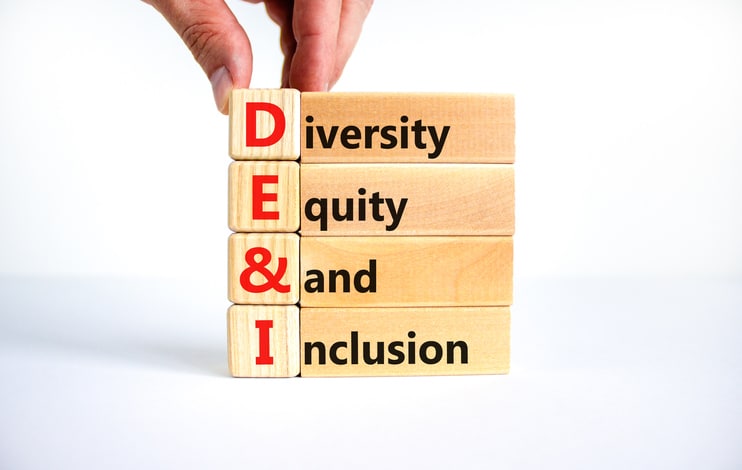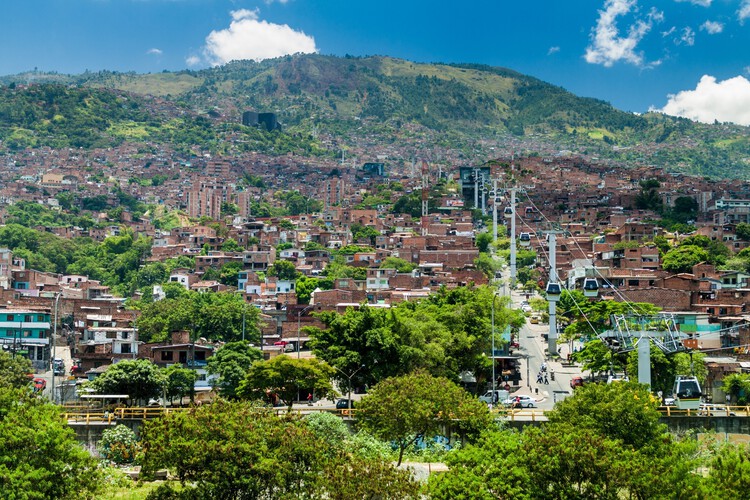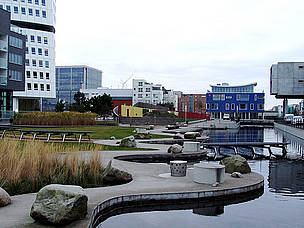

Urban planning and development shape the environment in which we live, work, and play. As cities expand and evolve, it’s imperative that these processes not only focus on efficiency, aesthetics, and functionality but also prioritize equity and inclusivity in urban planning.
Ensuring that urban planning is equitable and inclusive means creating spaces that serve the needs of all community members, particularly those who have historically been marginalized or underserved. For a civil engineering firm, embedding these principles into projects can lead to more resilient, vibrant, and just communities.
Understanding Equity and Inclusivity
Equity in Urban Planning
Equity involves fair treatment, access, opportunity, and advancement for all people while striving to identify and eliminate barriers that have prevented the full participation of some groups. In urban planning, equity means ensuring that all community members, regardless of their socioeconomic status, race, gender, age, ability, or other characteristics, have equal access to resources and opportunities.
Inclusivity in Urban Planning & Development

Inclusivity goes hand-in-hand with equity and involves actively involving diverse groups in the planning and decision-making processes. It means creating environments where all individuals feel welcome and valued, and their voices are heard and considered in shaping the urban landscape.
Strategies for Promoting Equity and Inclusivity
-
Community Engagement and Participation
Engaging with the community is fundamental to understanding their needs and aspirations. Inclusive urban planning involves:
-Participatory Planning: Creating opportunities for all community members to participate in the planning process. This can include public meetings, workshops, surveys, and digital platforms.
-Representation: Ensuring that marginalized groups are represented in the decision-making processes.
-Transparency: Providing clear, accessible information about planning processes and decisions.
-
Equitable Access to Resources and Services
Urban development should ensure that resources and services are distributed fairly across the city. This includes:
-Affordable Housing: Developing housing policies that provide affordable options for all income levels.
-Public Transportation: Designing efficient, accessible, and affordable public transport systems that connect all neighborhoods.
-Green Spaces and Recreational Areas: Ensuring all communities have access to parks, playgrounds, and recreational facilities.

-
Inclusive Design and Infrastructure
Designing urban spaces that are accessible and welcoming to everyone involves:
-Universal Design: Implementing design principles that make spaces usable by people of all ages and abilities.
-Cultural Sensitivity: Acknowledging and incorporating the cultural heritage and practices of diverse communities into urban designs.
-Safety and Comfort: Creating safe, well-lit, and comfortable environments for all, particularly for vulnerable populations.
-
Socioeconomic Considerations
Understanding and addressing the socioeconomic factors that affect urban communities is crucial. This can involve:
-Economic Opportunities: Creating job opportunities and supporting local businesses, particularly in underserved areas.
-Education and Training: Providing access to education and vocational training to equip residents with skills for better employment opportunities.
– Health and Well-being: Designing urban spaces that promote physical and mental health, such as accessible healthcare facilities, clean environments, and spaces that encourage physical activity.
Case Studies and Best Practices
Case Study: Medellín, Colombia

Medellín transformed from one of the most dangerous cities in the world to a model of urban innovation by focusing on equity and inclusivity. The city’s urban planning initiatives included:
– Integrated Public Transport: Connecting marginalized communities to the city center through a comprehensive transport system, including cable cars and escalators.
– Public Spaces: Developing libraries, parks, and cultural centers in underserved neighborhoods.
– Community Participation: Involving residents in the planning and execution of projects, ensuring their needs and voices were central to development plans.
Case Study: Malmö, Sweden

Malmö has prioritized sustainable and inclusive urban development through:
– Diverse Housing Solutions: Offering a range of housing options to cater to different income levels and family structures.
– Sustainable Infrastructure: Focusing on green building practices and renewable energy sources to create a healthy living environment.
– Social Integration: Implementing programs to foster social cohesion and integration among diverse populations.
Equity and inclusivity in urban planning and development are not just ethical imperatives but also practical necessities for creating resilient and thriving cities. By prioritizing these principles, civil engineering firms can play a pivotal role in shaping urban environments that serve the needs of all community members. The strategies outlined above, coupled with real-world examples, highlight the potential for equitable and inclusive urban development to foster healthier, more sustainable, and harmonious communities. As we look to the future, let’s commit to building cities that reflect the diversity and dynamism of their inhabitants, ensuring that no one is left behind.
